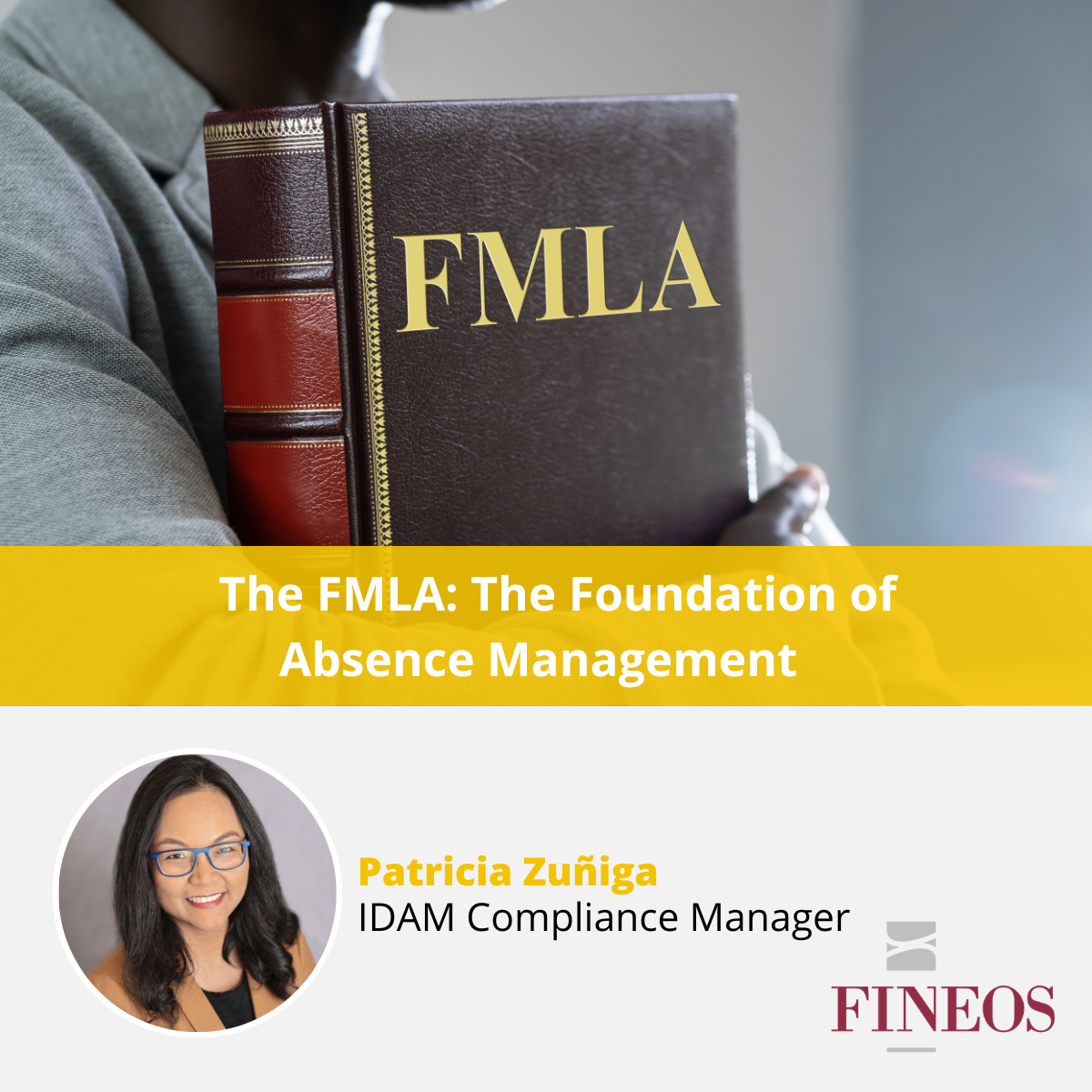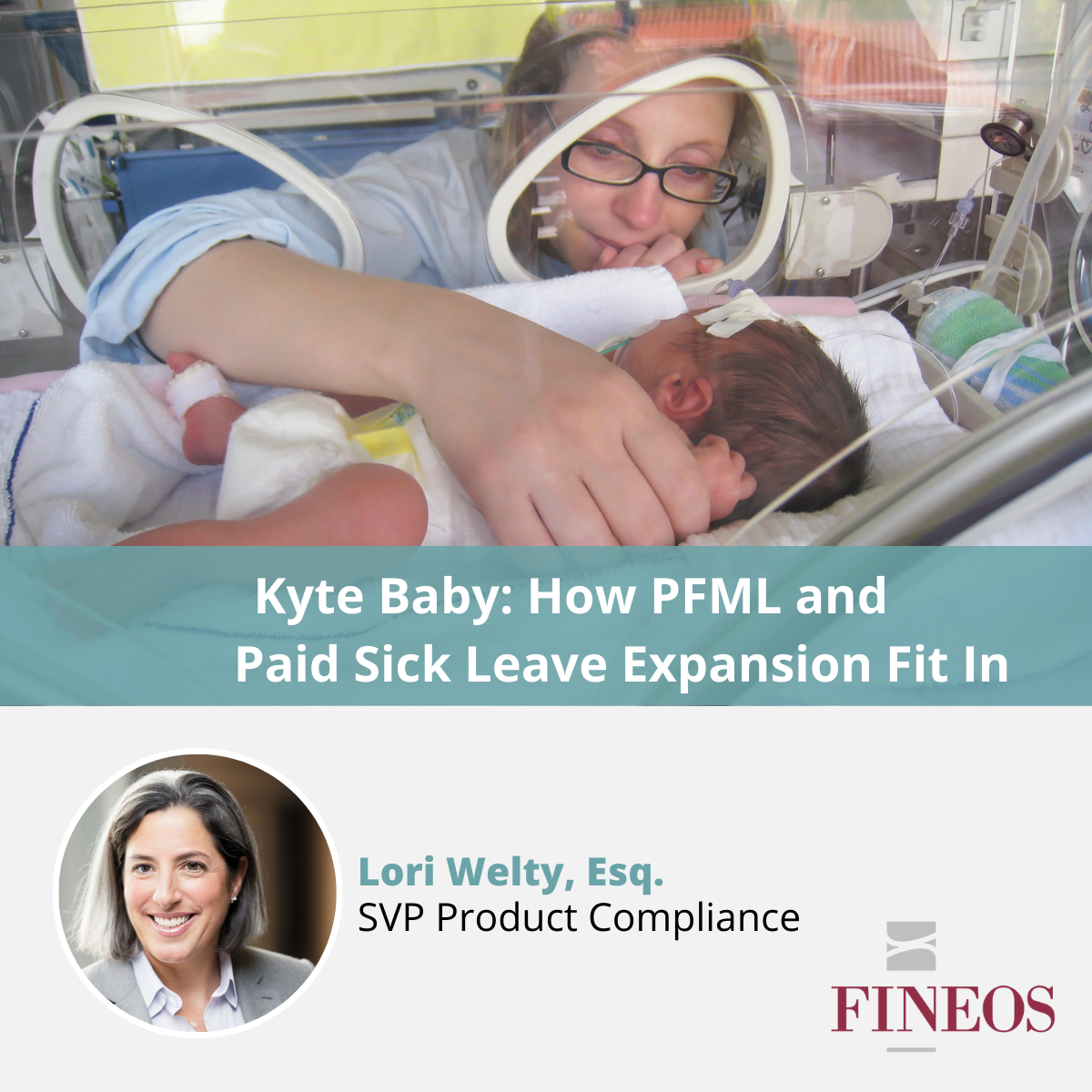Michael Kelly, CEO, FINEOS
Written for The Protection Review
Claims assessors or handlers in the Protection industry gather a wealth of data and information during their triage and assessment of a claim and interactions with the claim-related participants. This information is generally recorded against the individual claim record.
While management information capability from the claims management solution will provide reports such as overall and individual performance of your Claims Department, auto-production of your claim settlement rate, how much has been paid out, your claim handling costs, liability trends per product line, and so on; the experience and intuition that a claims handler brings to the process is rarely captured, mined, or utilised.
This is where heuristics come in. Heuristics is the application of experience-based learning to the claim process.
Within FINEOS, to keep our position as the leading global provider of Life & Health claims management software, we are naturally always researching opportunities to take our solution to the next level to enable our customers and prospects to better serve their claimants and achieve better claim outcomes.
So we see heuristics as being an invaluable aid to the claim procedure which can guide claim handler decisioning throughout the process for new claims received.
Practical application would see this being provided as a set of indicators or scores which can prompt subsequent behaviour by the claim handler. Maintaining a history of these scores over the life of that claim can subsequently help pinpoint why or how a particular score was changed either automatically or manually and how it changed from red to green or vice versa.
These indicative scores can be fine-tuned over time as real-world experience informs how the organisation is performing for particular types of claims or even on an individual claim. For example, the set of indicators could be presented front and centre for the claim handler as dashboard dials displaying:
- Medical Complexity – influenced by factors such as Occupation type, Diagnosis code, Age, Time to notify, etc.
- Claim Complexity – influenced by Solicitor involvement, occupation type, salary, skill-level of claim handler, etc.
- Leakage Potential – influenced by possibility of Return to Work, social security payments, duration guidelines, etc.
- Fraud Indication – influenced by existence of other claims, other household members claiming, recent policy alteration or reinstatement, employer advice, etc.
The presented scores can drive subsequent behaviour of the claim process, automatic re-setting of the claim reserve, or referral to the Special Investigation Unit as examples. Other factors driving the scores would be social demographic information, claims history, jurisdiction, and so on.
A further development of this is to utilise this scoring to analyse a new claim for patterns that are of a similar nature to previous claim history to drive what the expected claim outcome might be.
It is not intended that heuristics or predictive analytics become a replacement or a crutch for claim handlers, but rather a mechanism to assist and guide in the decision-making process and to alert where deviation has occurred or intervention may be required.
 This is an exciting development for us in our solution provision for insurers and we will be delighted to further explore this area with you in more detail at the Protection Review Conference in London’s Landmark Hotel on July 11. Just grab one of the FINEOS attendees during the day of the conference or during the evening dinner & award ceremony.
This is an exciting development for us in our solution provision for insurers and we will be delighted to further explore this area with you in more detail at the Protection Review Conference in London’s Landmark Hotel on July 11. Just grab one of the FINEOS attendees during the day of the conference or during the evening dinner & award ceremony.


